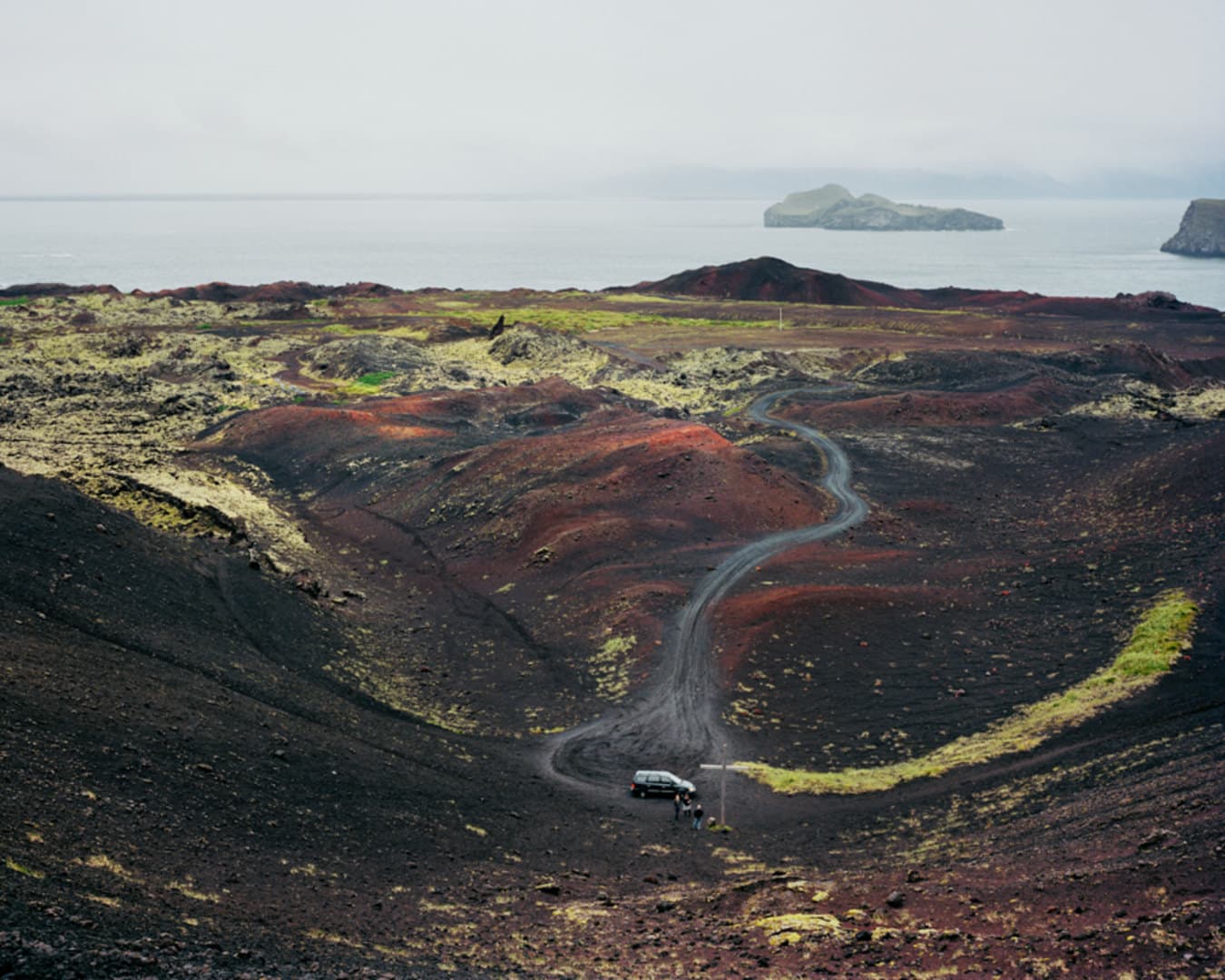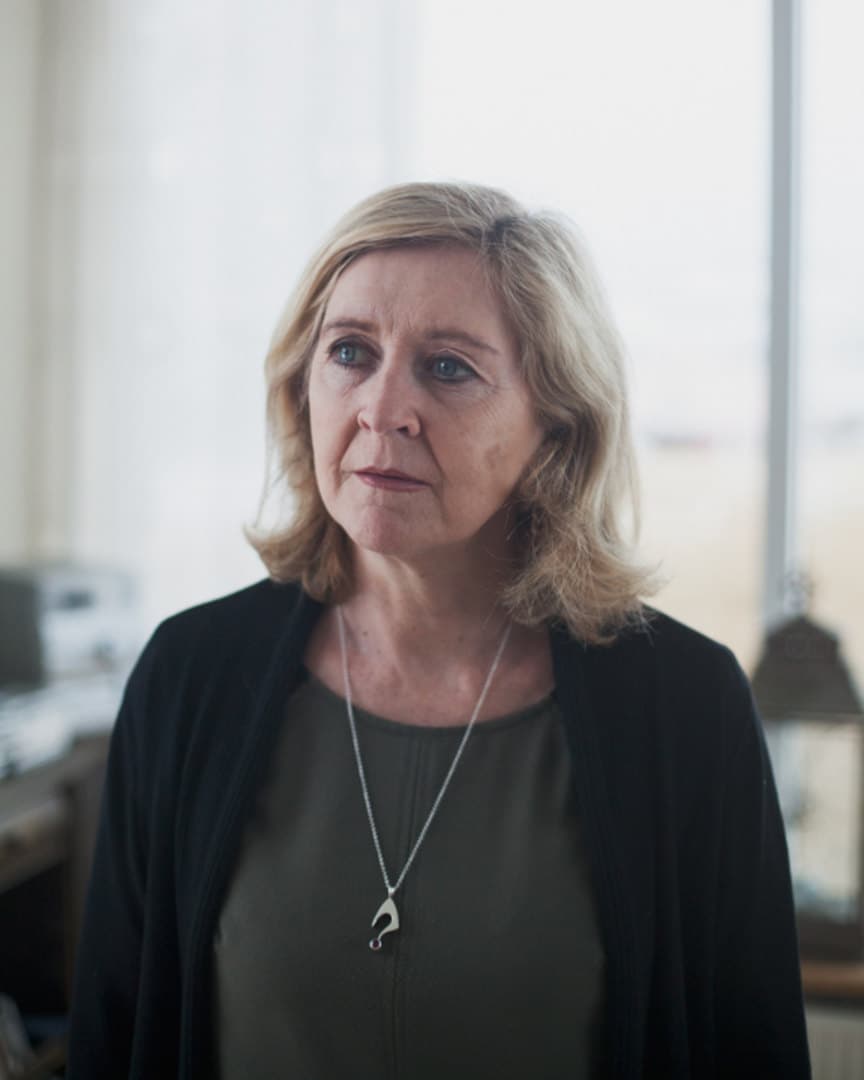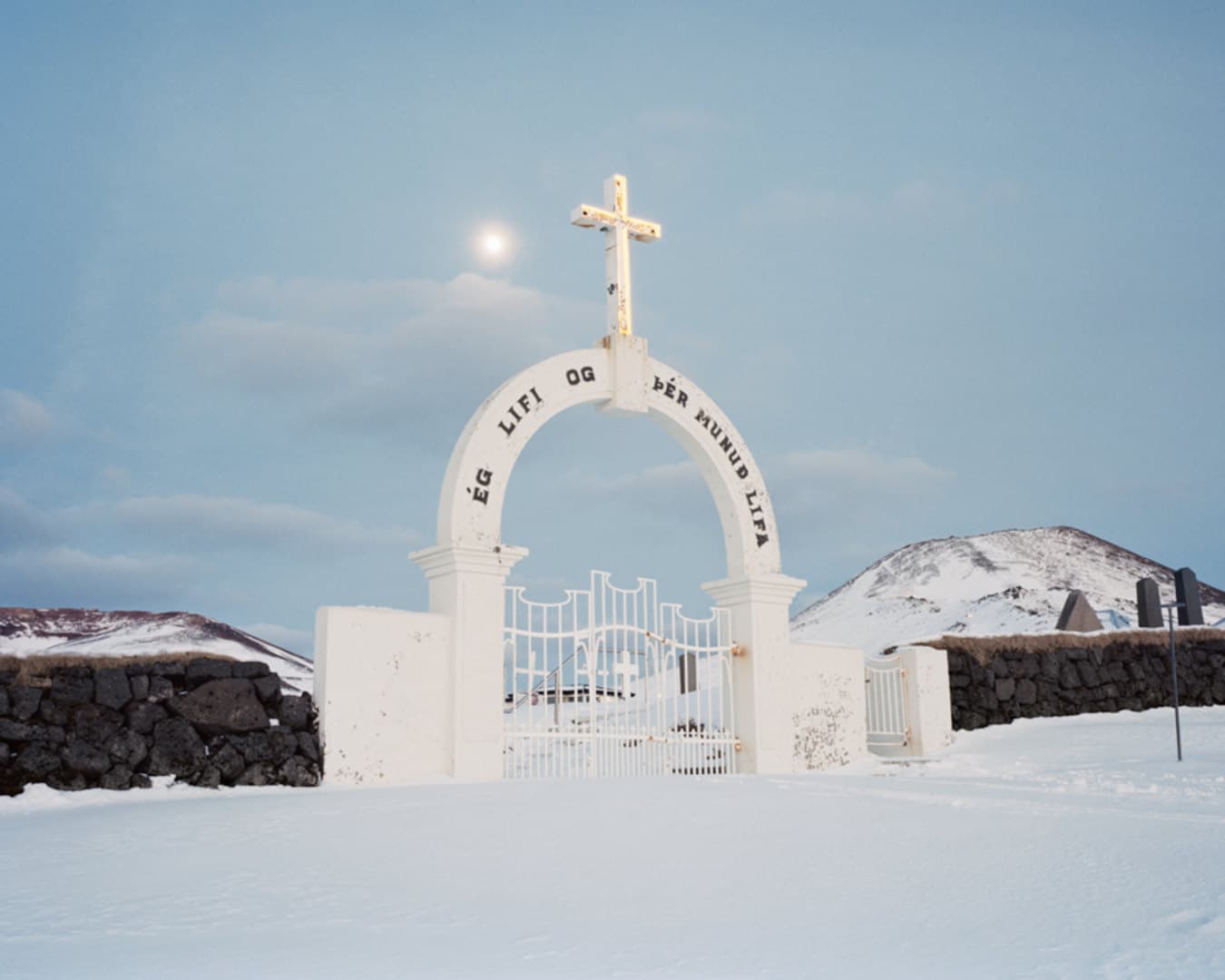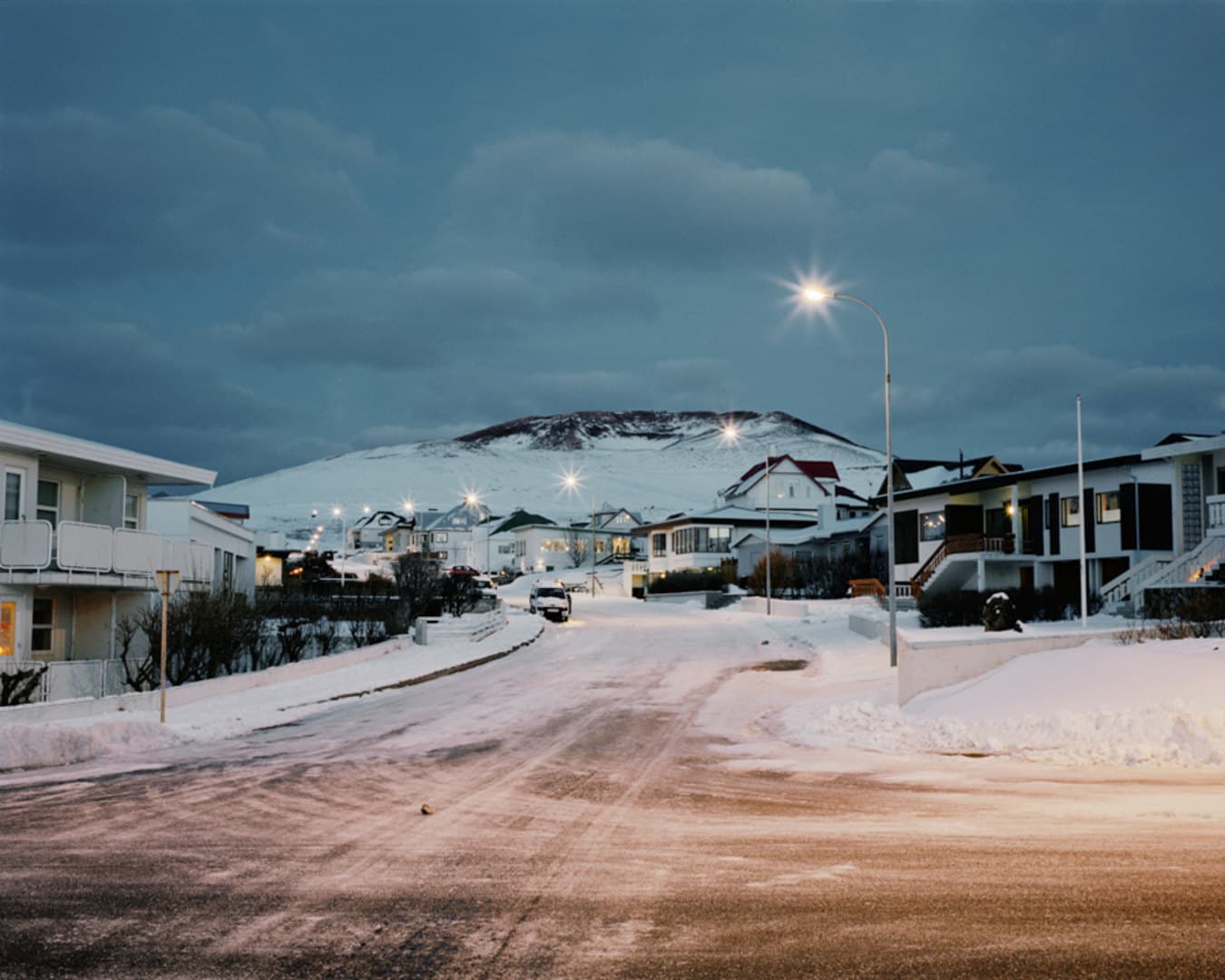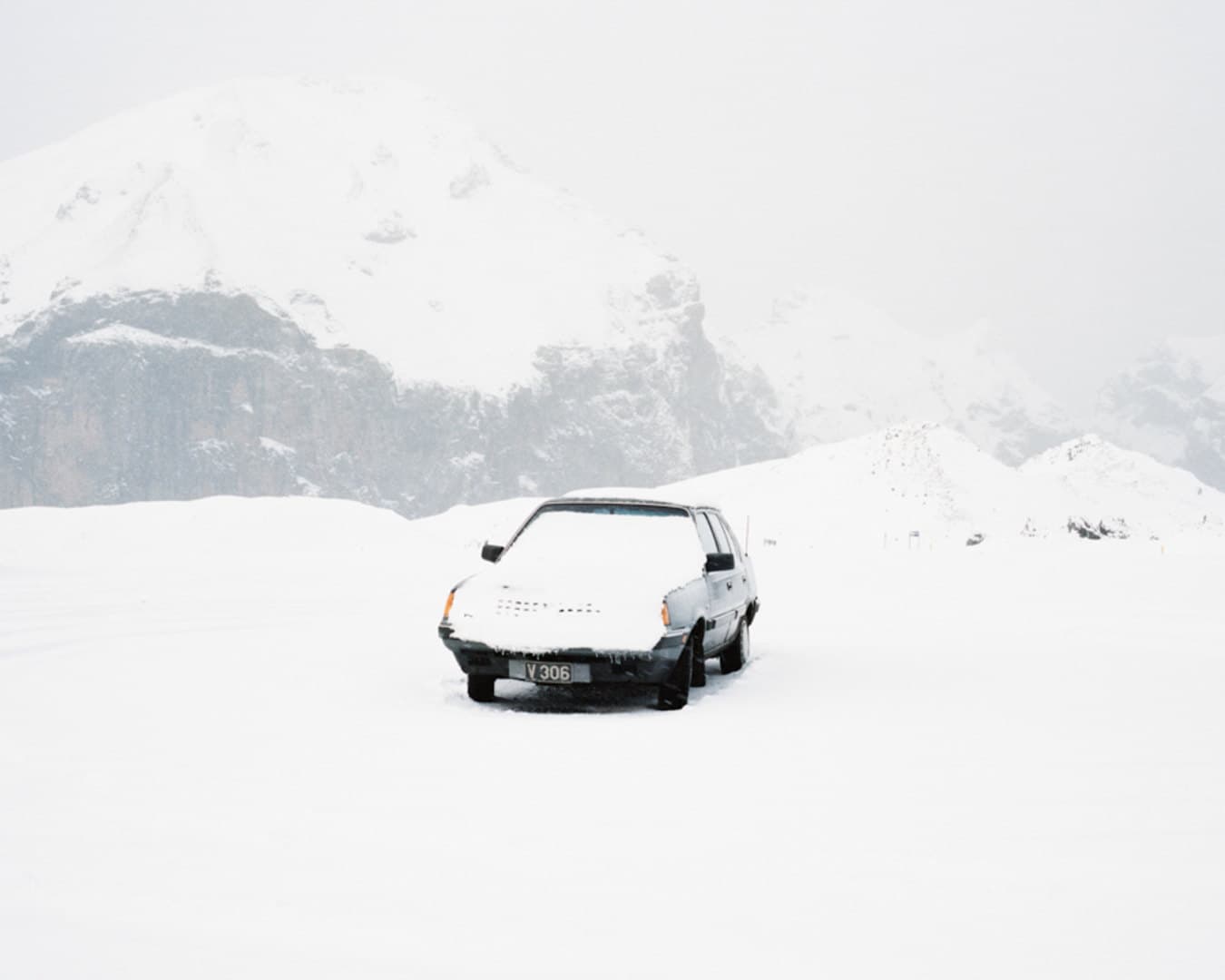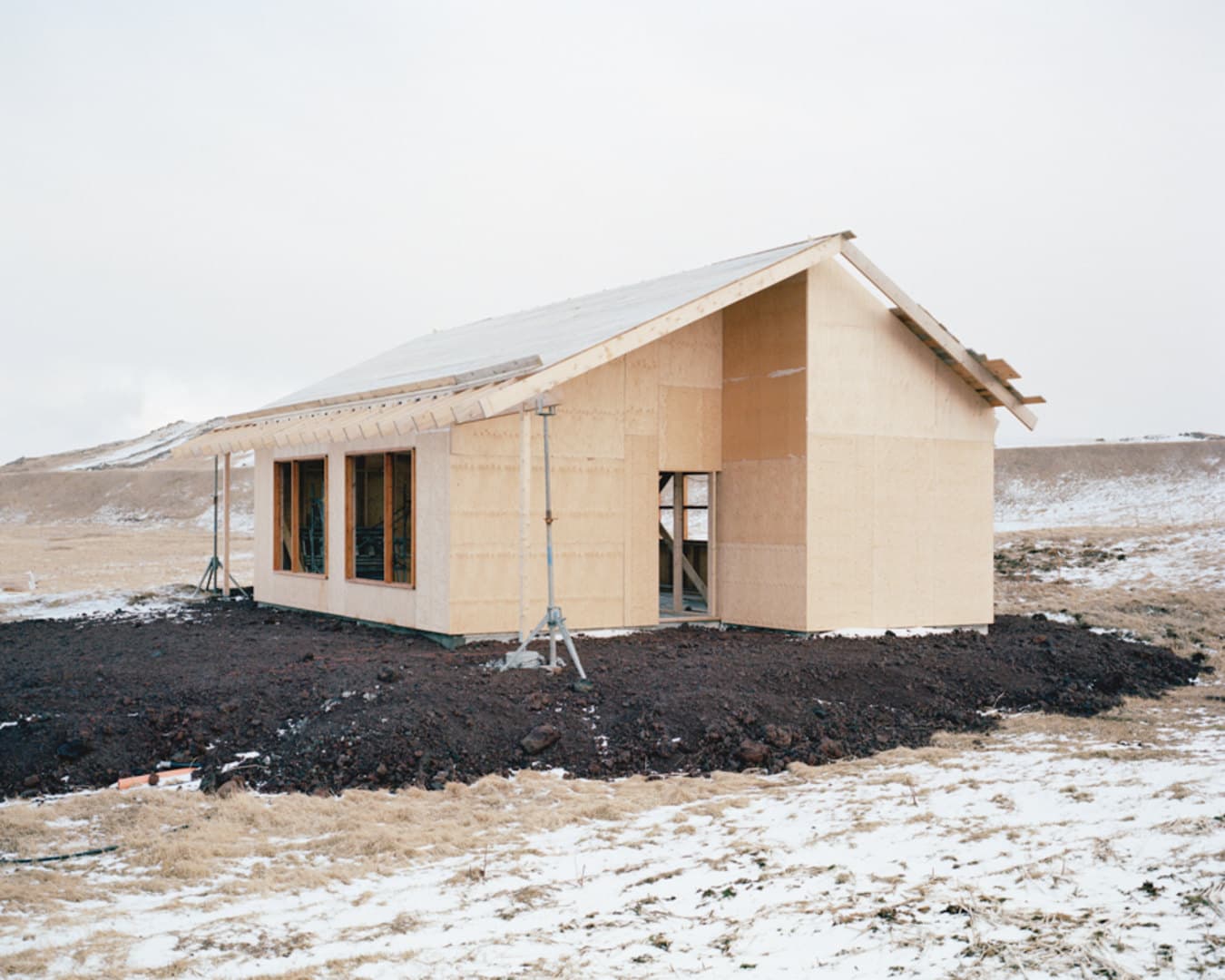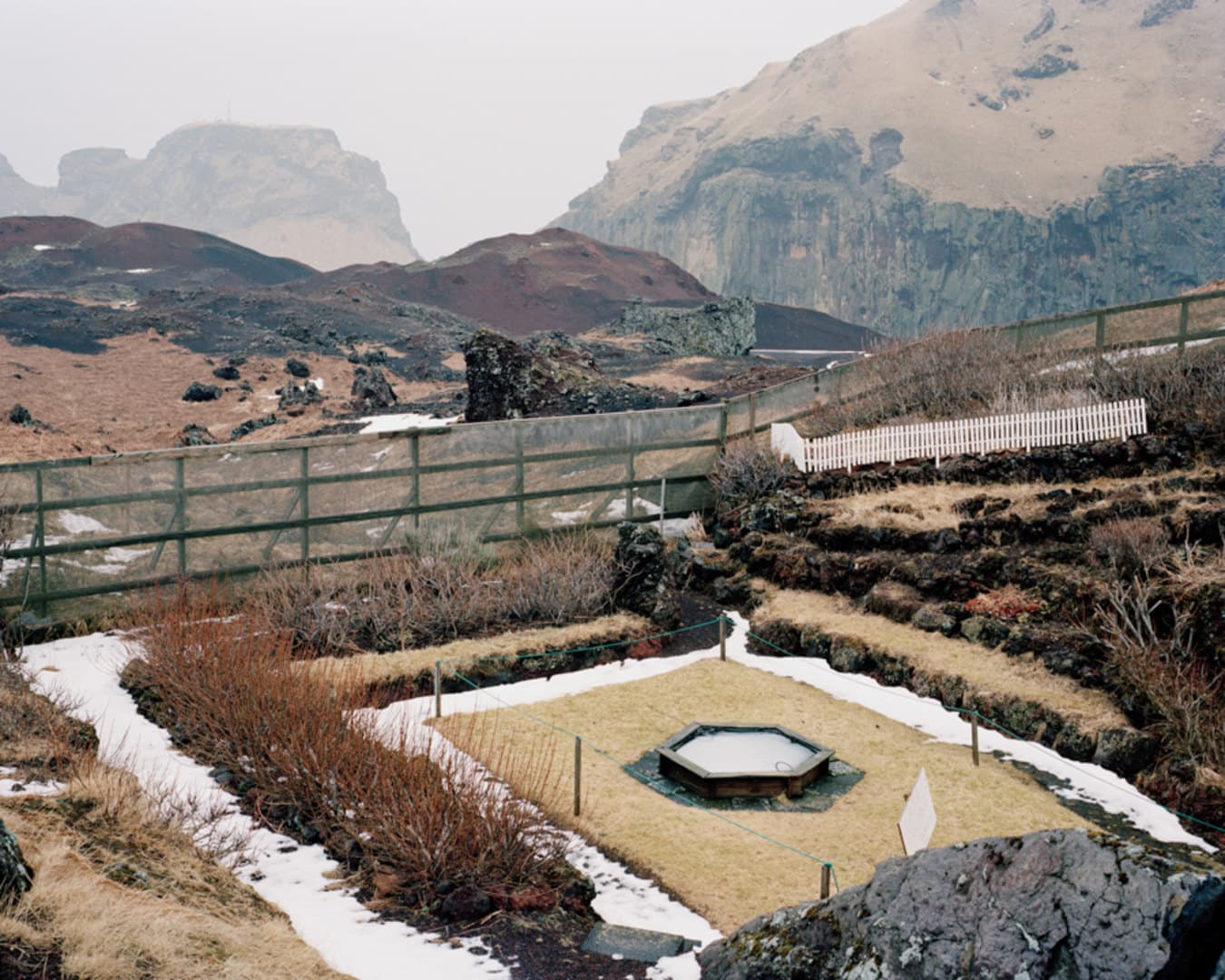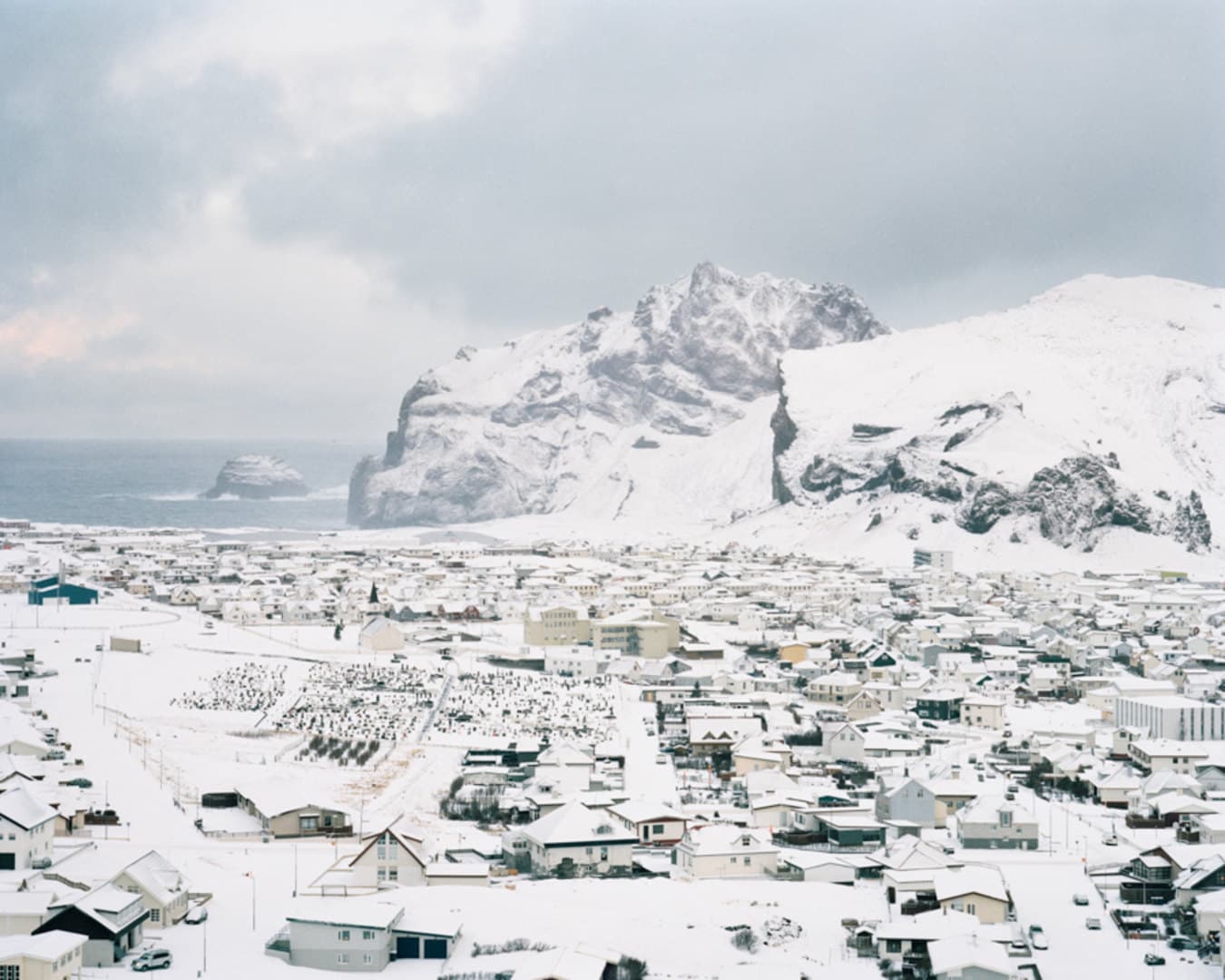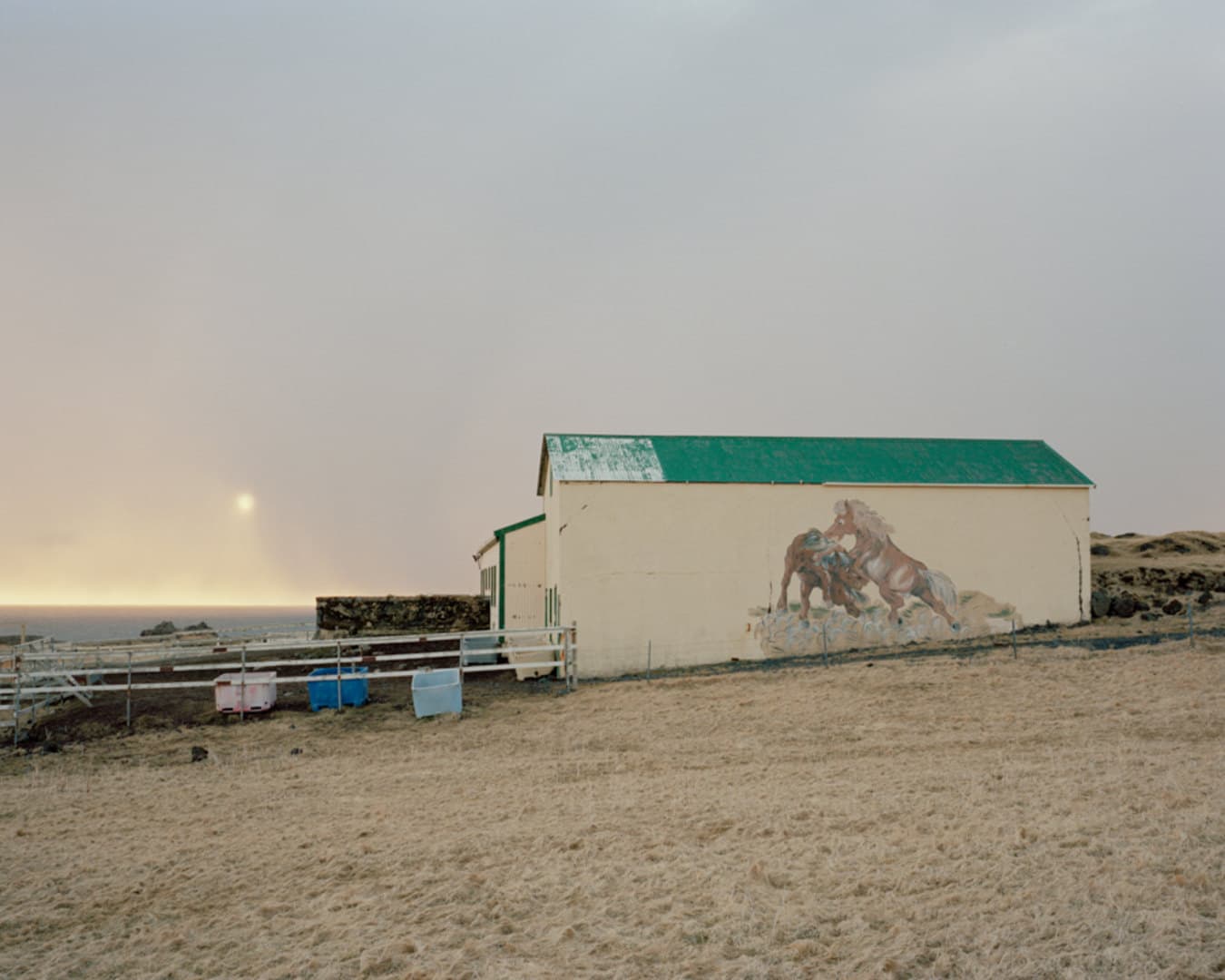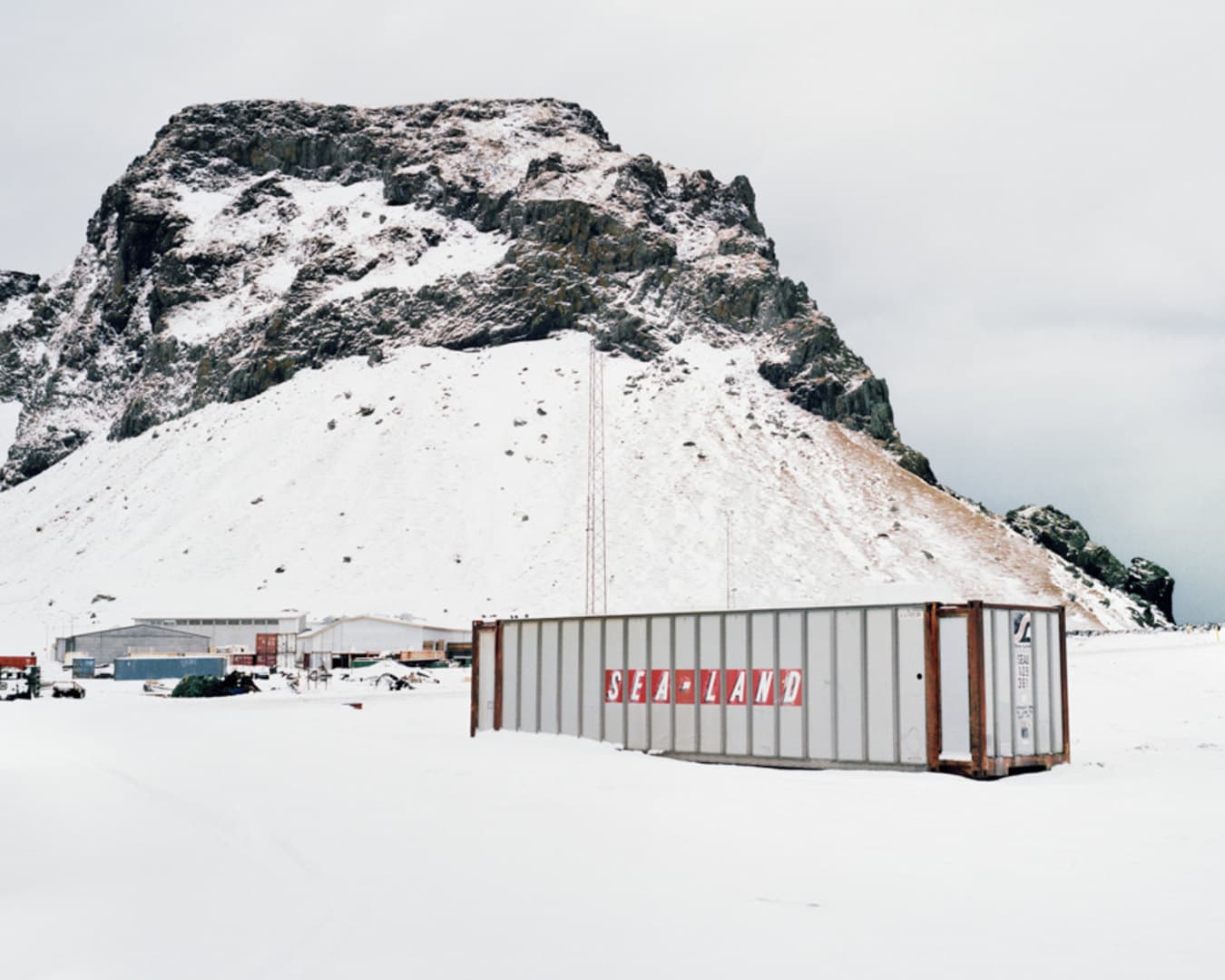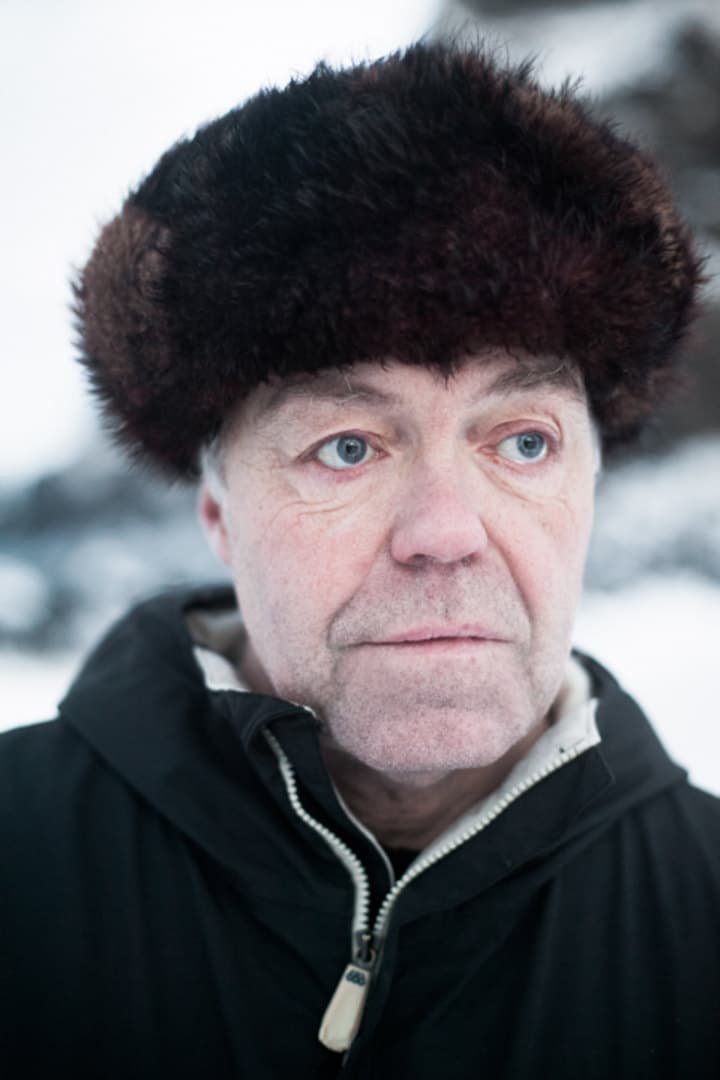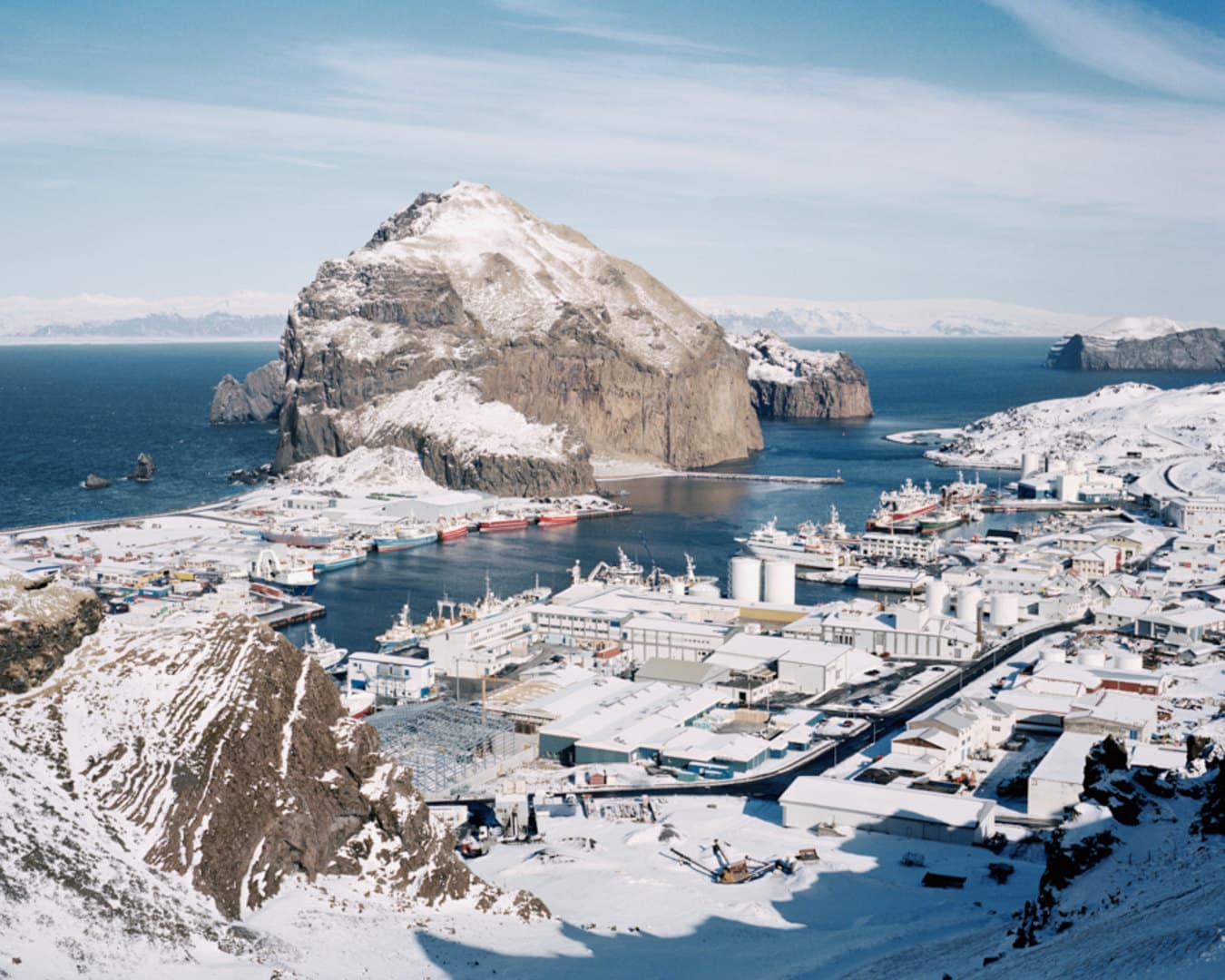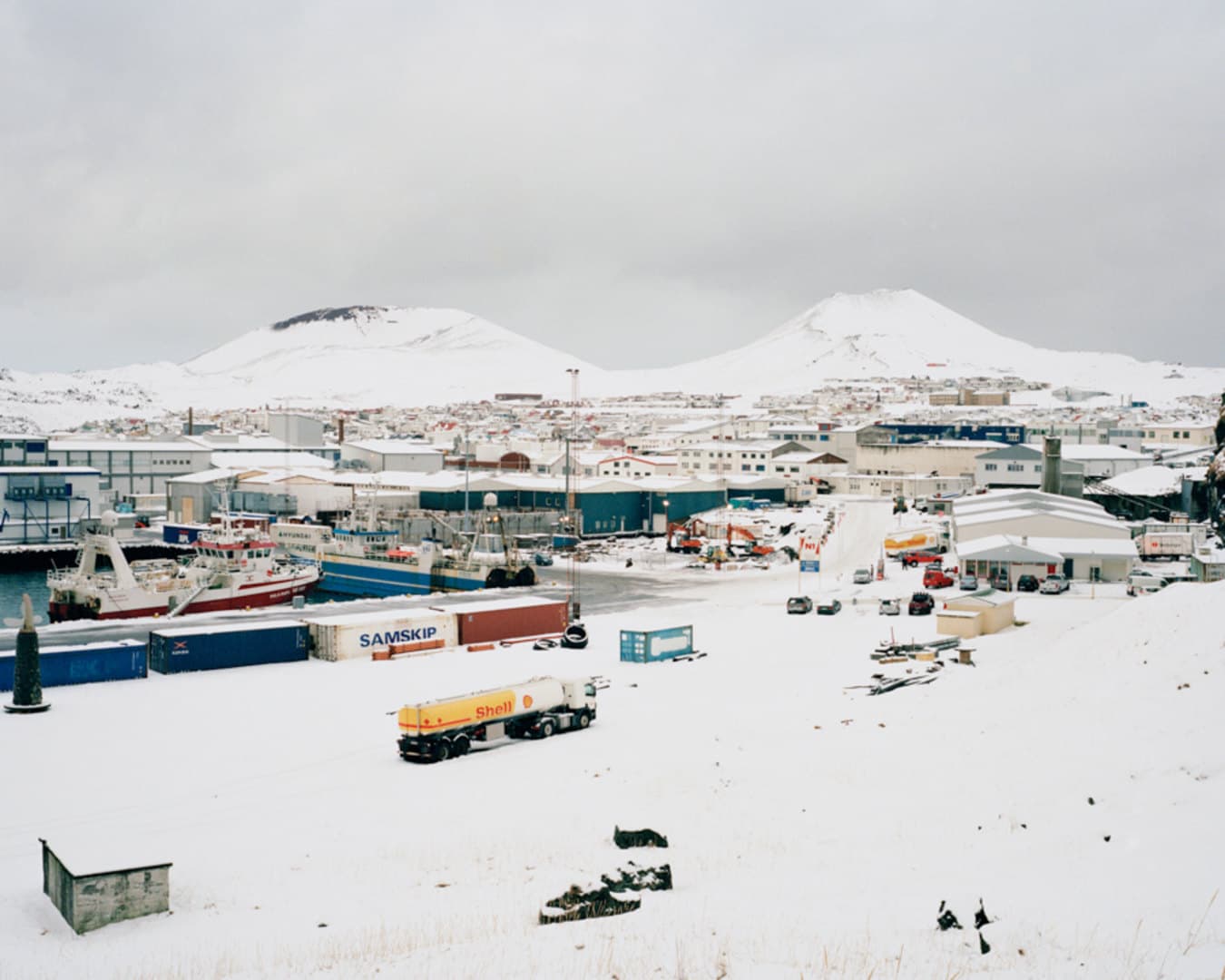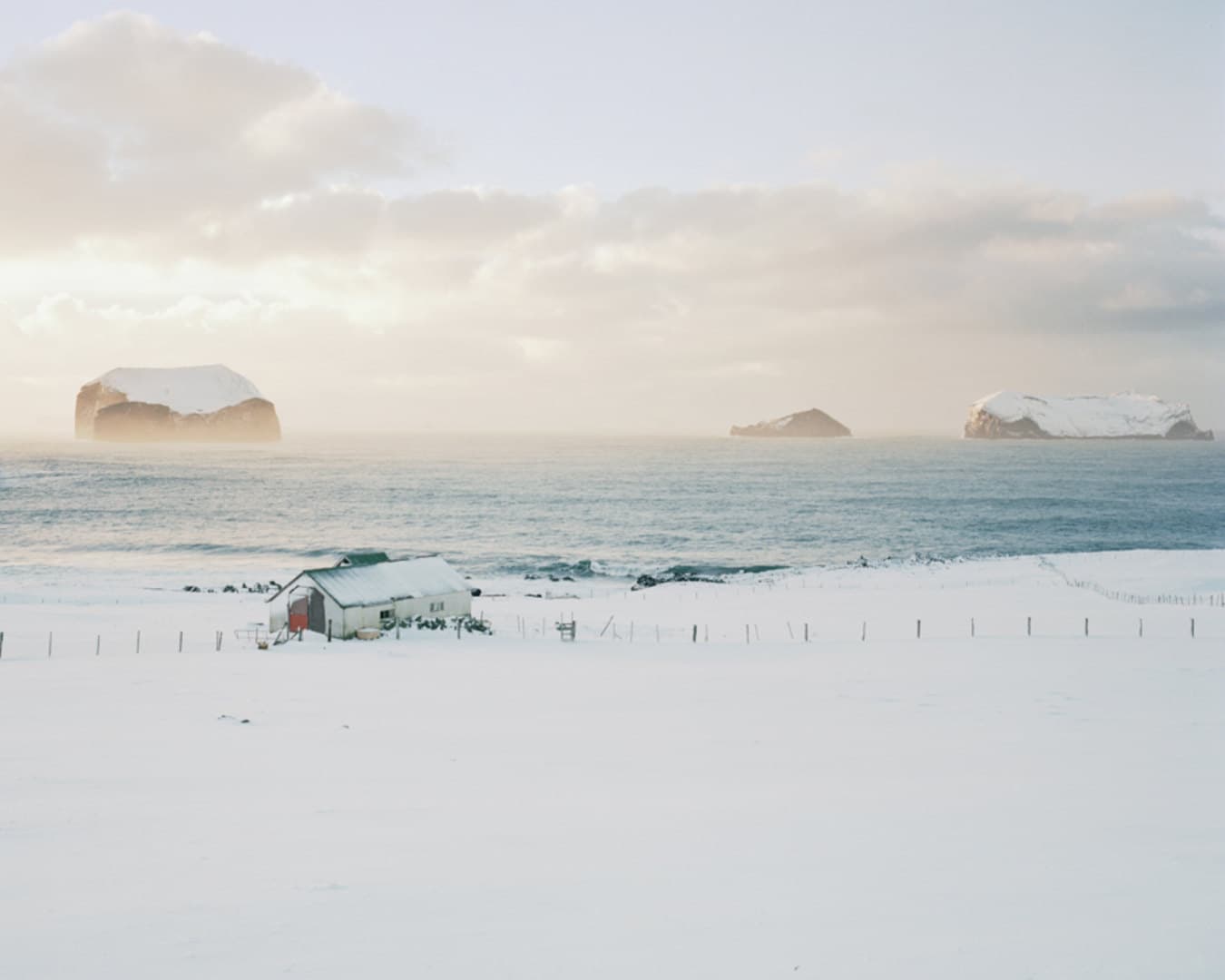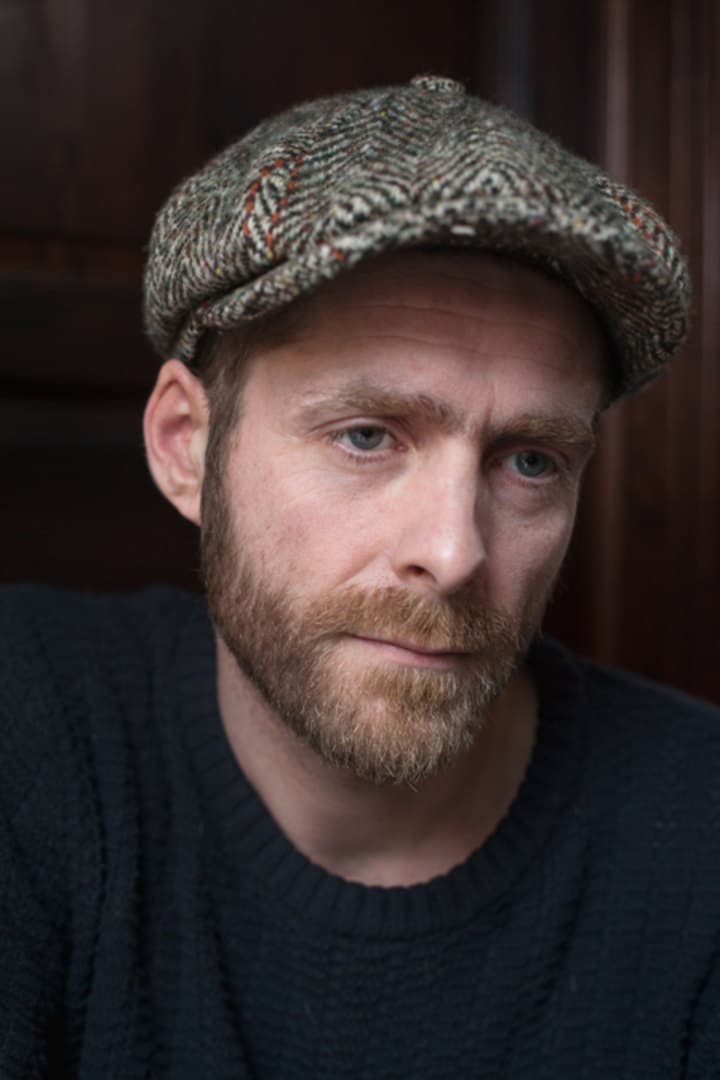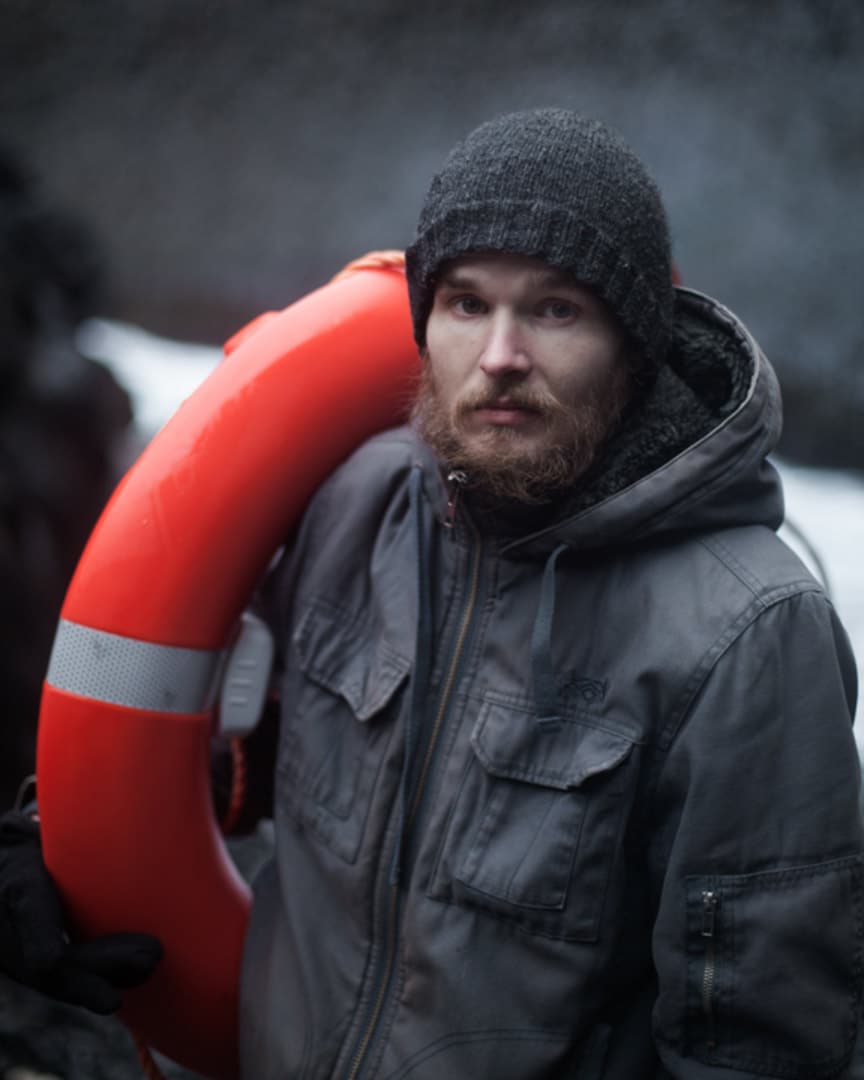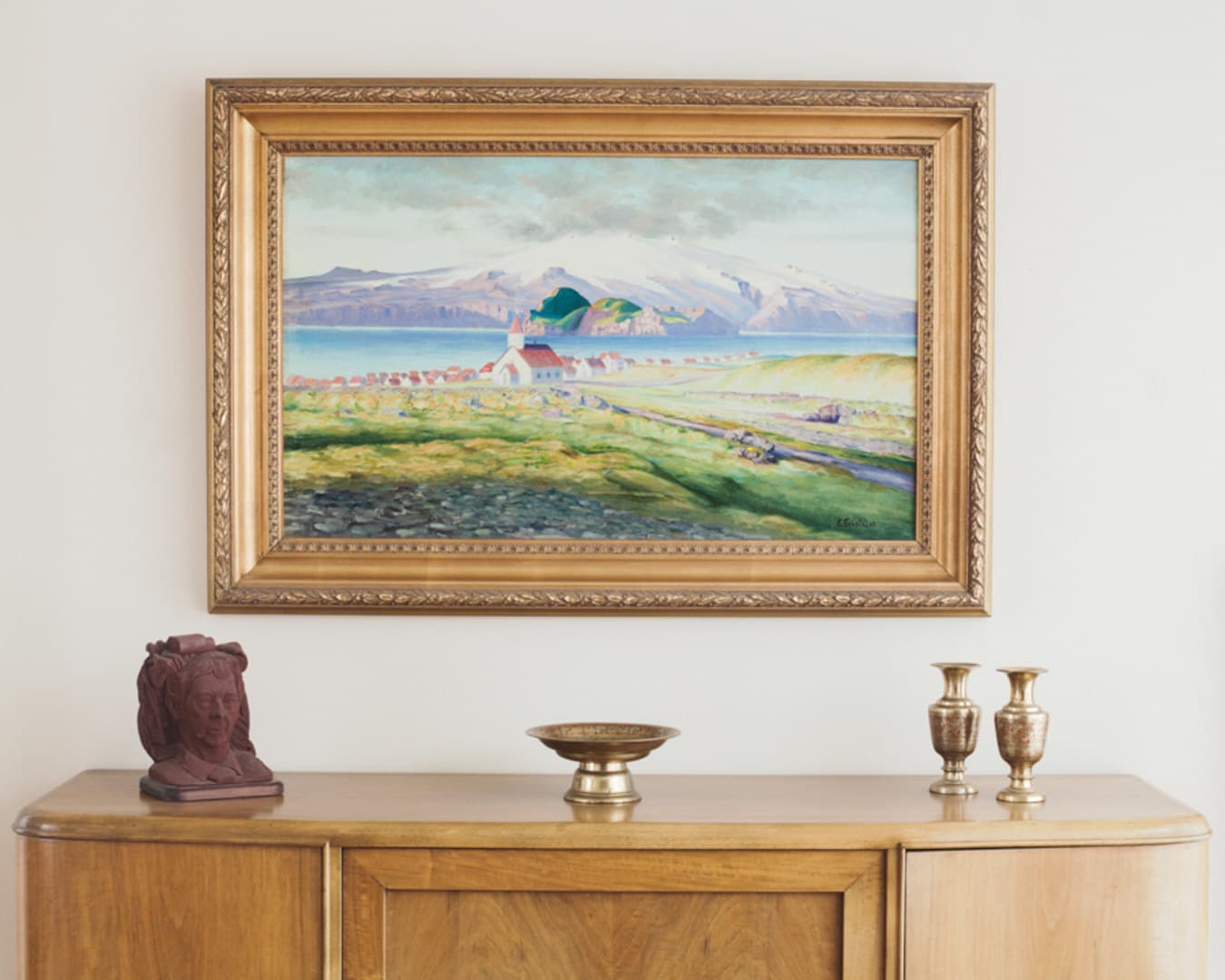Isolated from the Icelandic mainland by the North Atlantic Ocean, the Vestmannaeyjar archipelago is a fleet of 15 small islands home to a population of around 4,500 people. Heimaey, which means Home Island, is the largest and only inhabited island with an area of approximately five square miles. Two cindery domes dominate the island’s horizon, sitting like residual slag heaps from a heavy industry long abandoned. These dormant volcanoes known as Eldfell and Helgafell reveal the temporality of the Mid-Atlantic Ridge, a restless landscape forged by an intense geological violence that originates deep within our planet. Lying directly between the shifting tectonic plates of Europe and North America, the geology of the Vestmannaeyjar range is relatively young, having been formed by numerous volcanic eruptions over the past 12,000 years.
In the early hours of 23rd January 1973, after lying still for at least 5,000 years, the island of Heimaey suddenly split open sending columns of lava into the night sky from a mile-long fissure. In what was a once a rolling pastoral hillside now lay the source of a river of magma so powerful that it threatened to obliterate Heimaey’s entire community and economically vital harbour. The birth of Eldfell led to an immediate five-month evacuation and destroyed many homes, violently altering the island’s geography in the process. Successful intervention efforts were made to divert the encroaching lava away from the harbour by spraying the molten flow with billions of litres of seawater. By the end of the eruption in July 1973 Eldfell had grown to a height of 200 metres and the island’s land area had increased by 20%. Many of the islanders began to return to Heimaey, a colourless landscape they now hardly recognised, irreversibly transformed by the geomorphic forces of nature. Today, 42 years after the event, I have captured Heimaey’s stark terrain, again revered by its inhabitants as a home; an island refuge in an often unforgiving environment. My portraits document some of the people who live there, several of whom experienced the eruption of 1973. They remain the permanent occupants of a terrain exposed to ongoing forces of destruction and creation. A people who exist between a landscape gone and a landscape to come.

